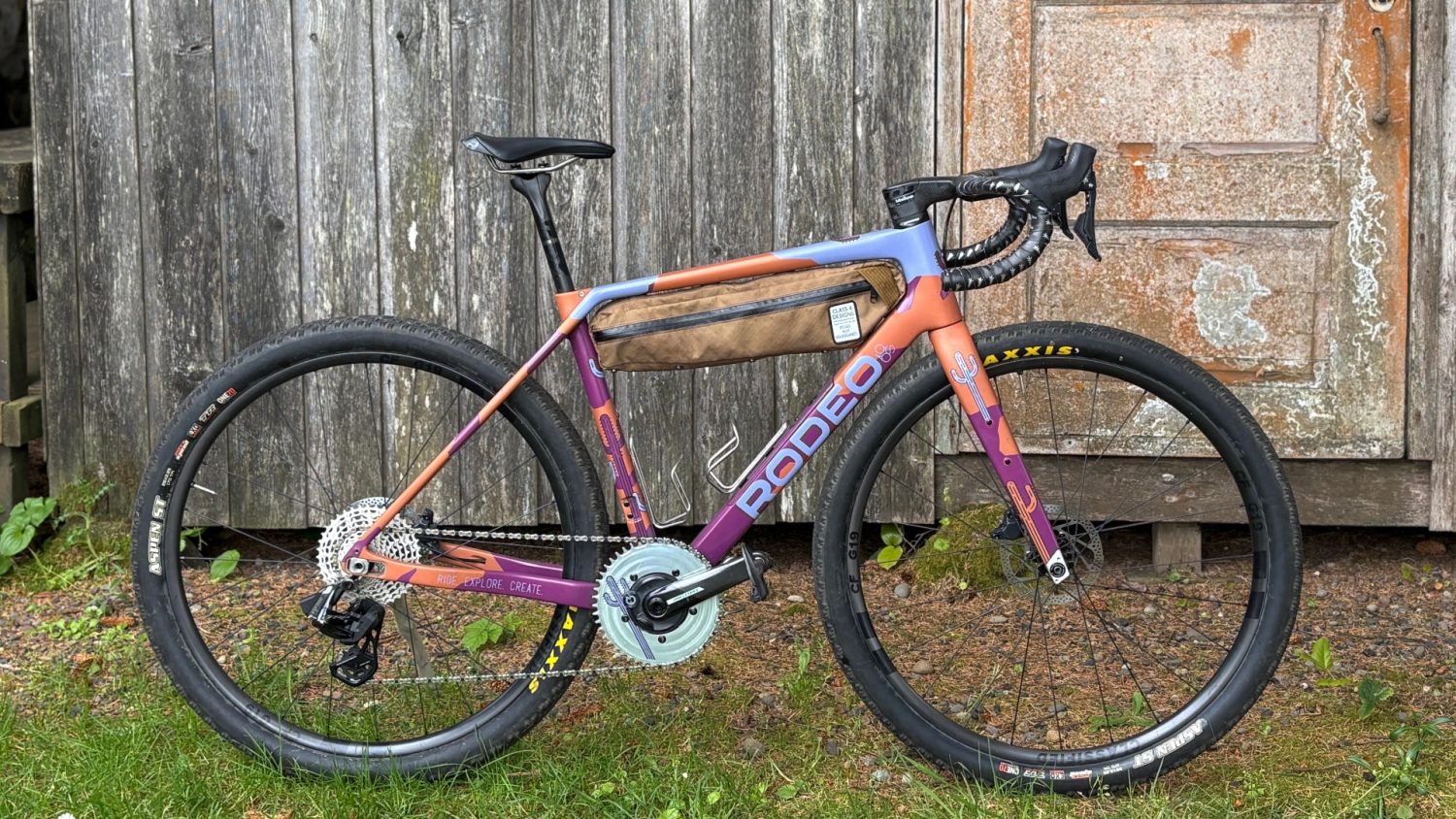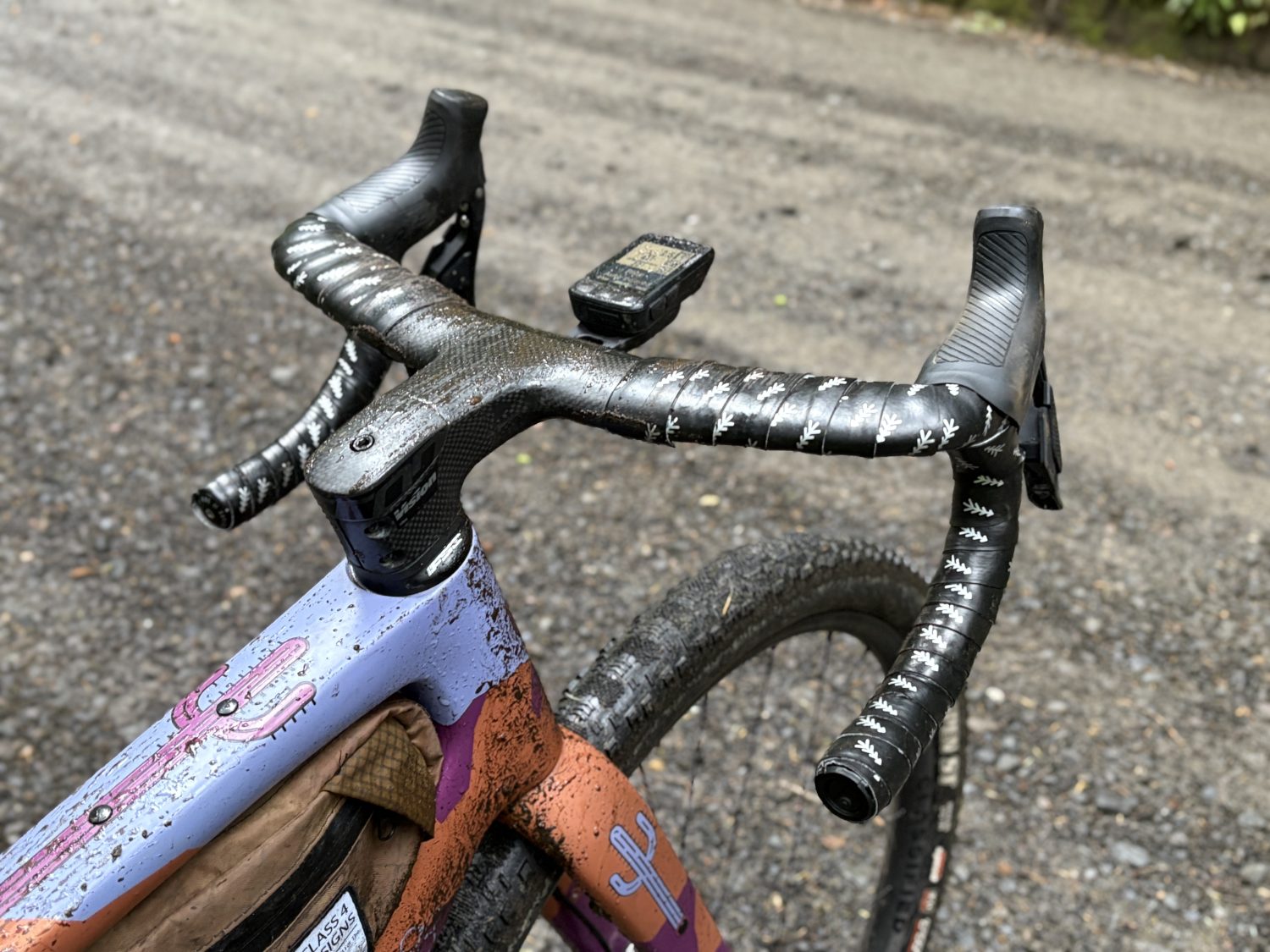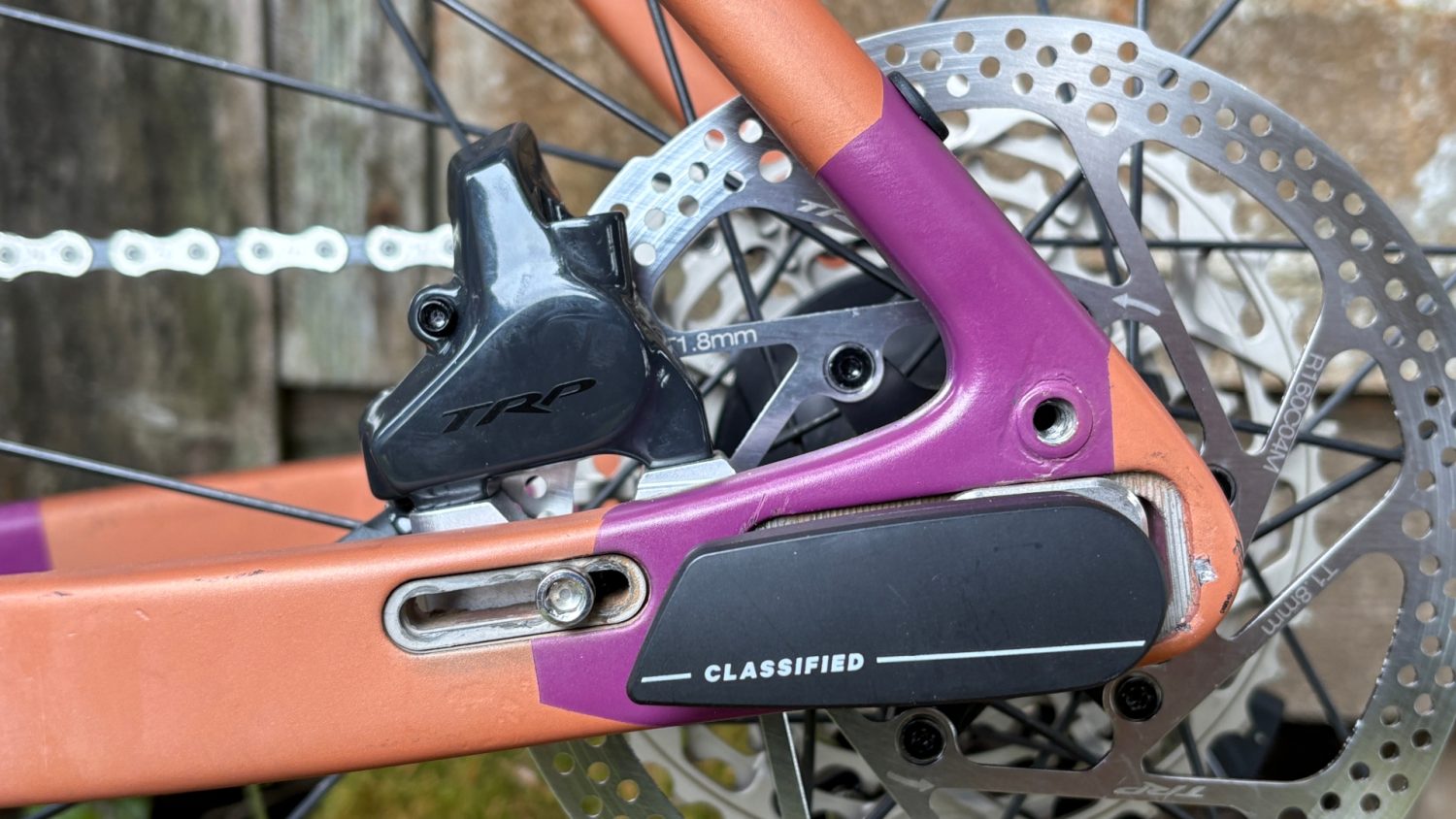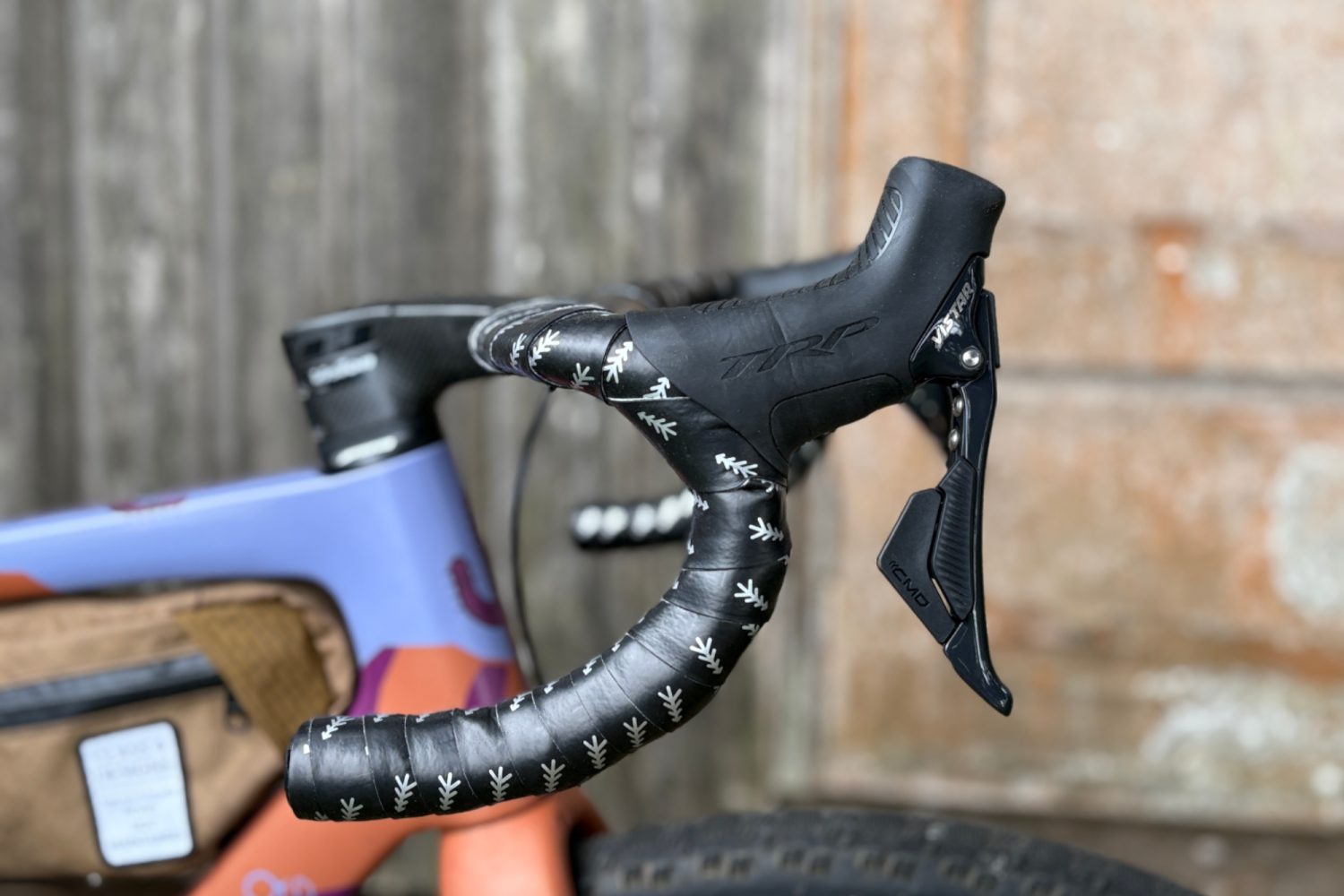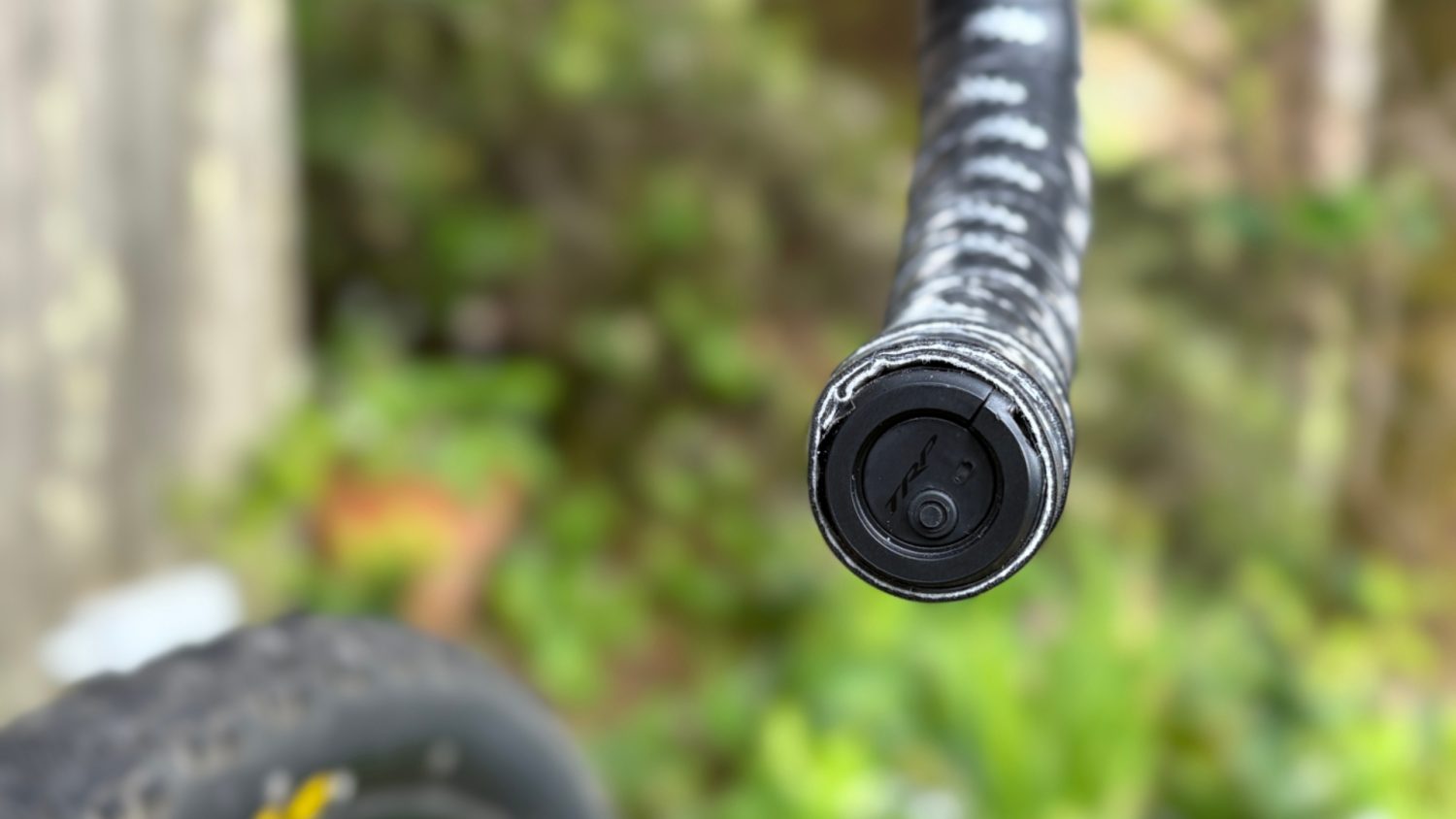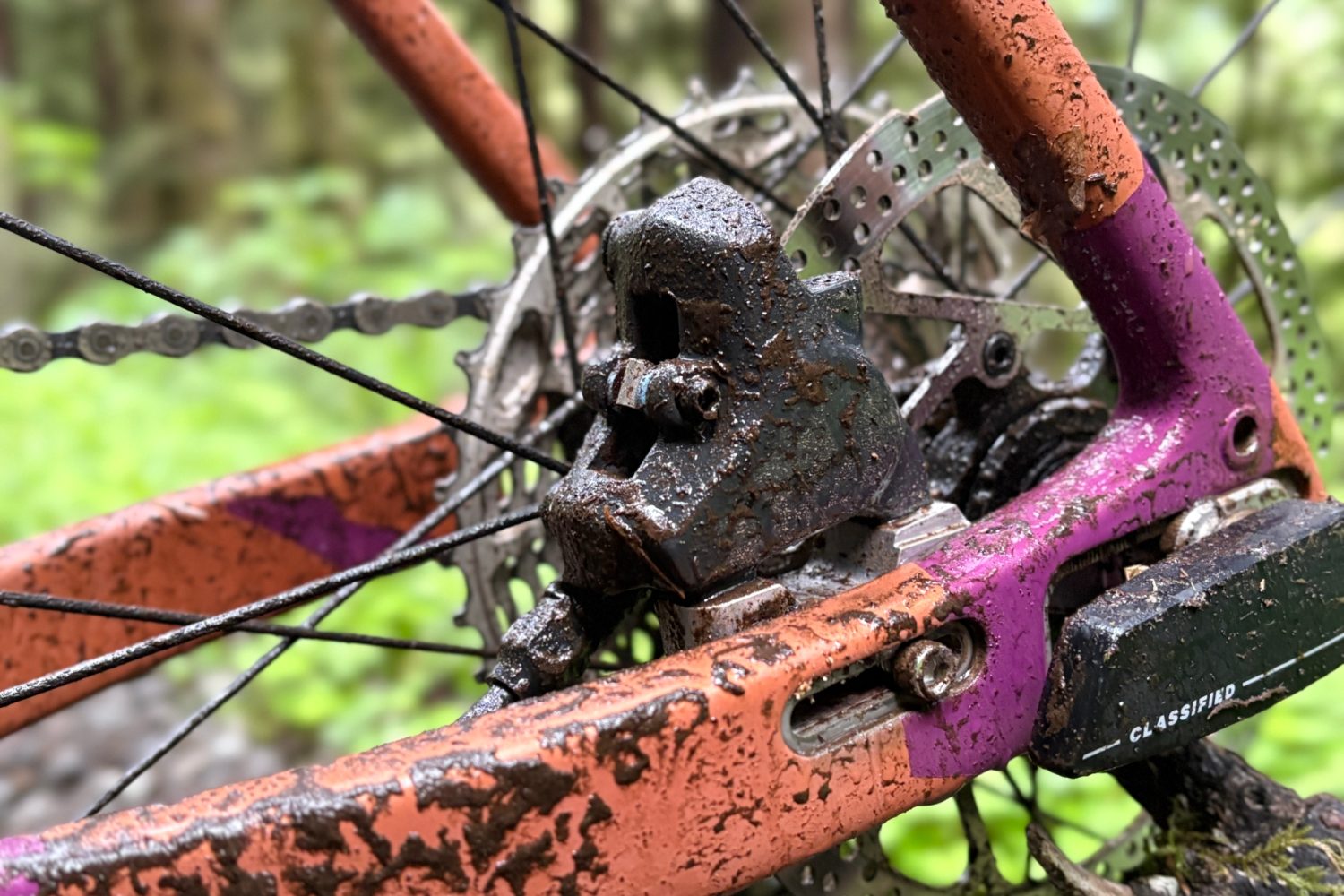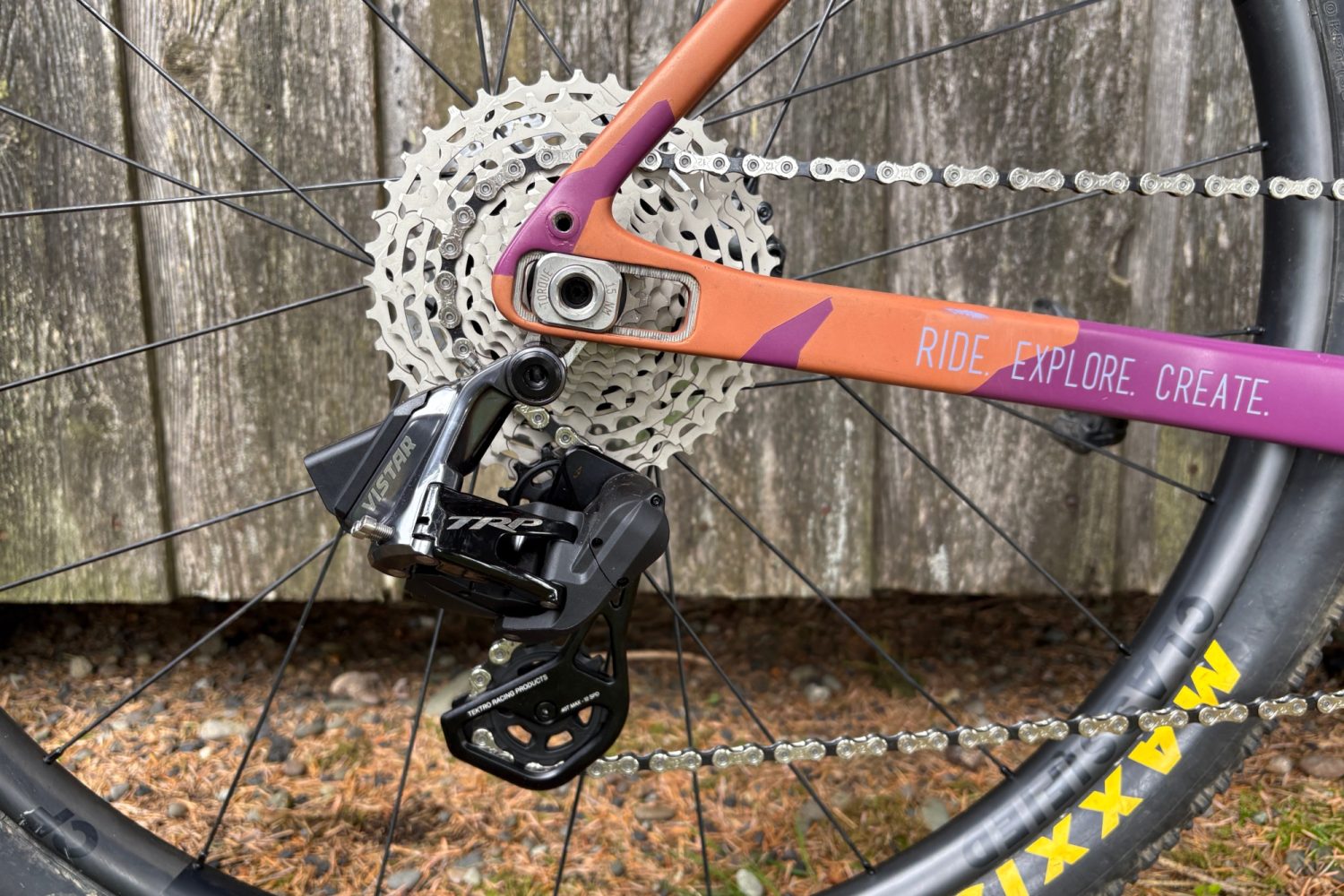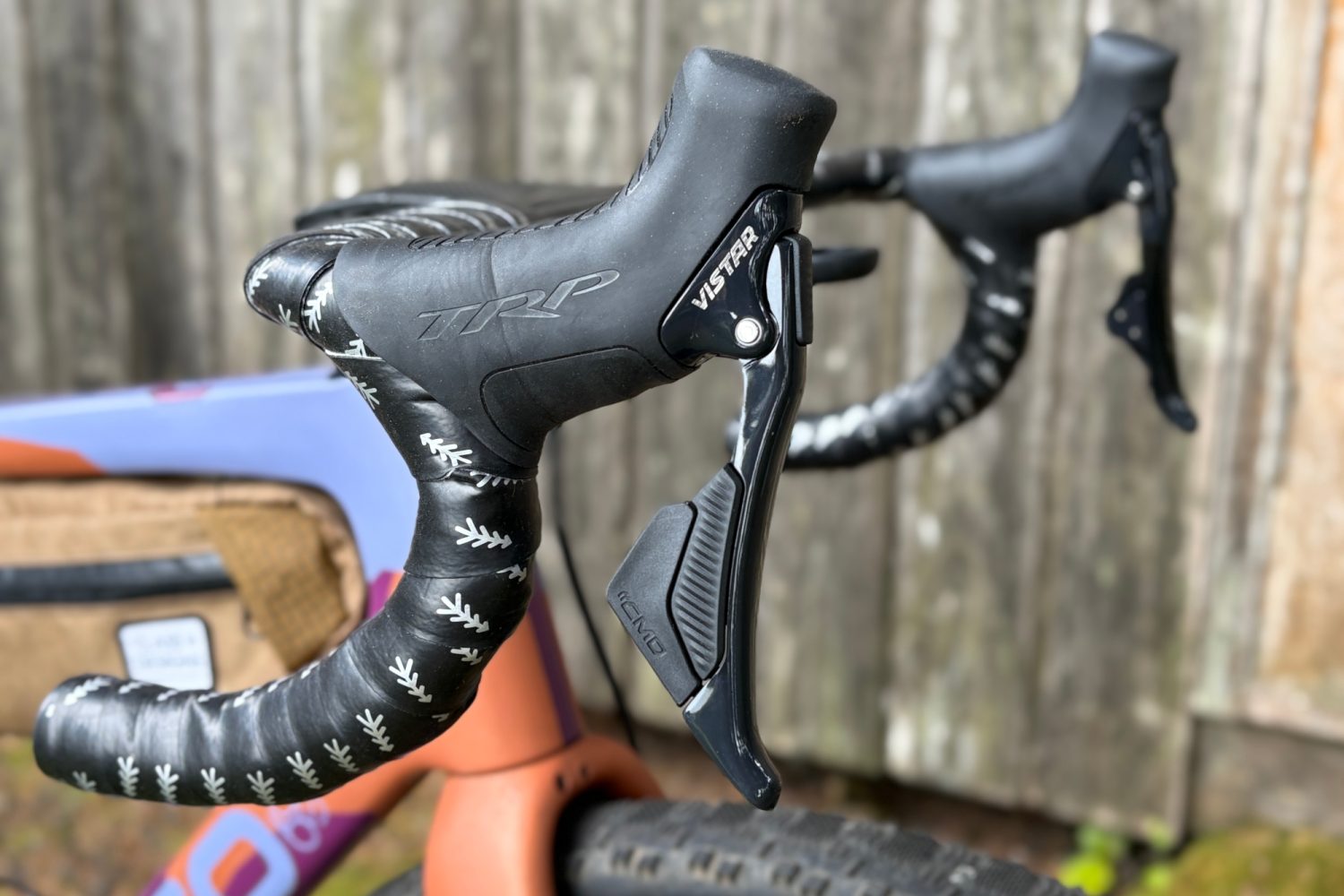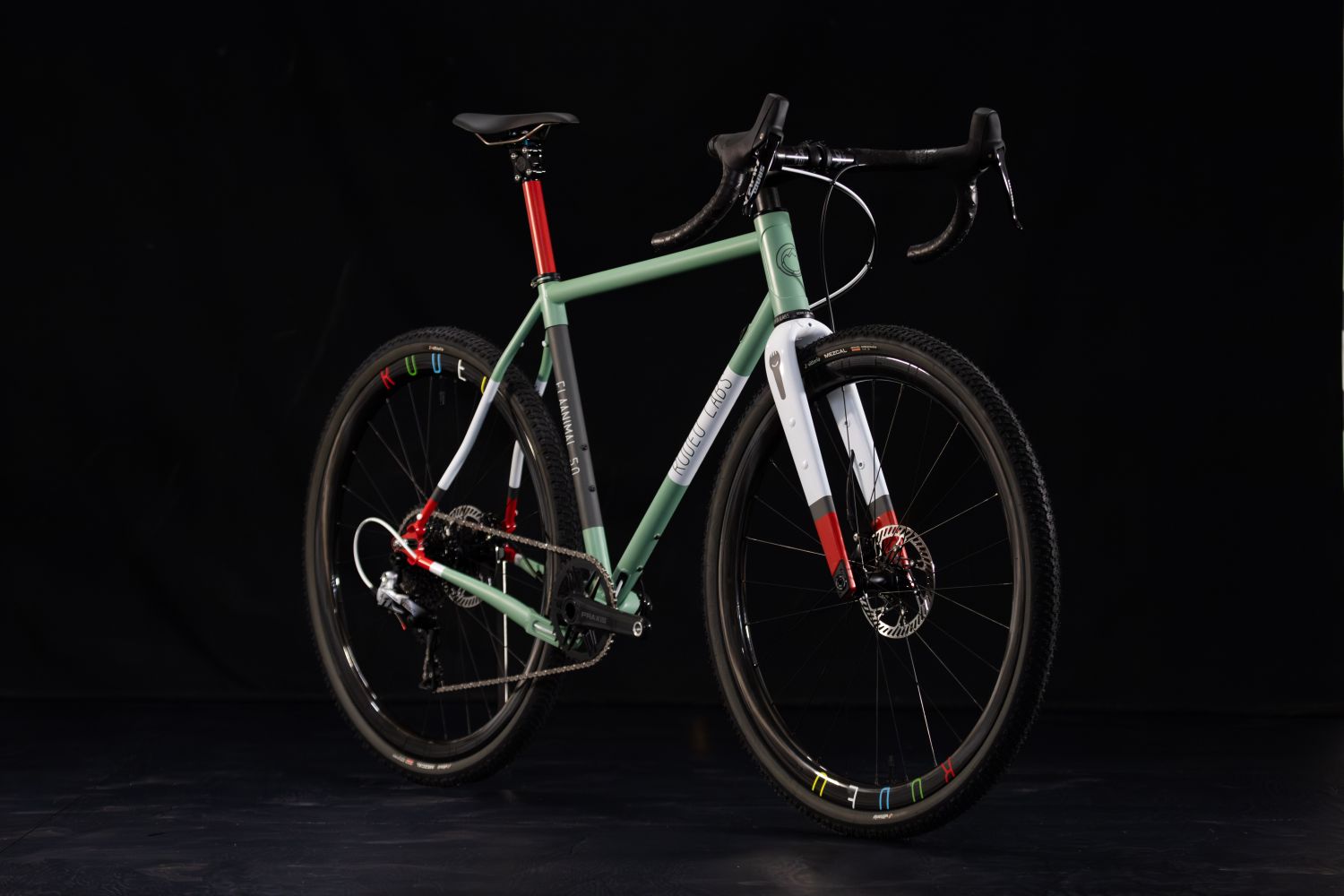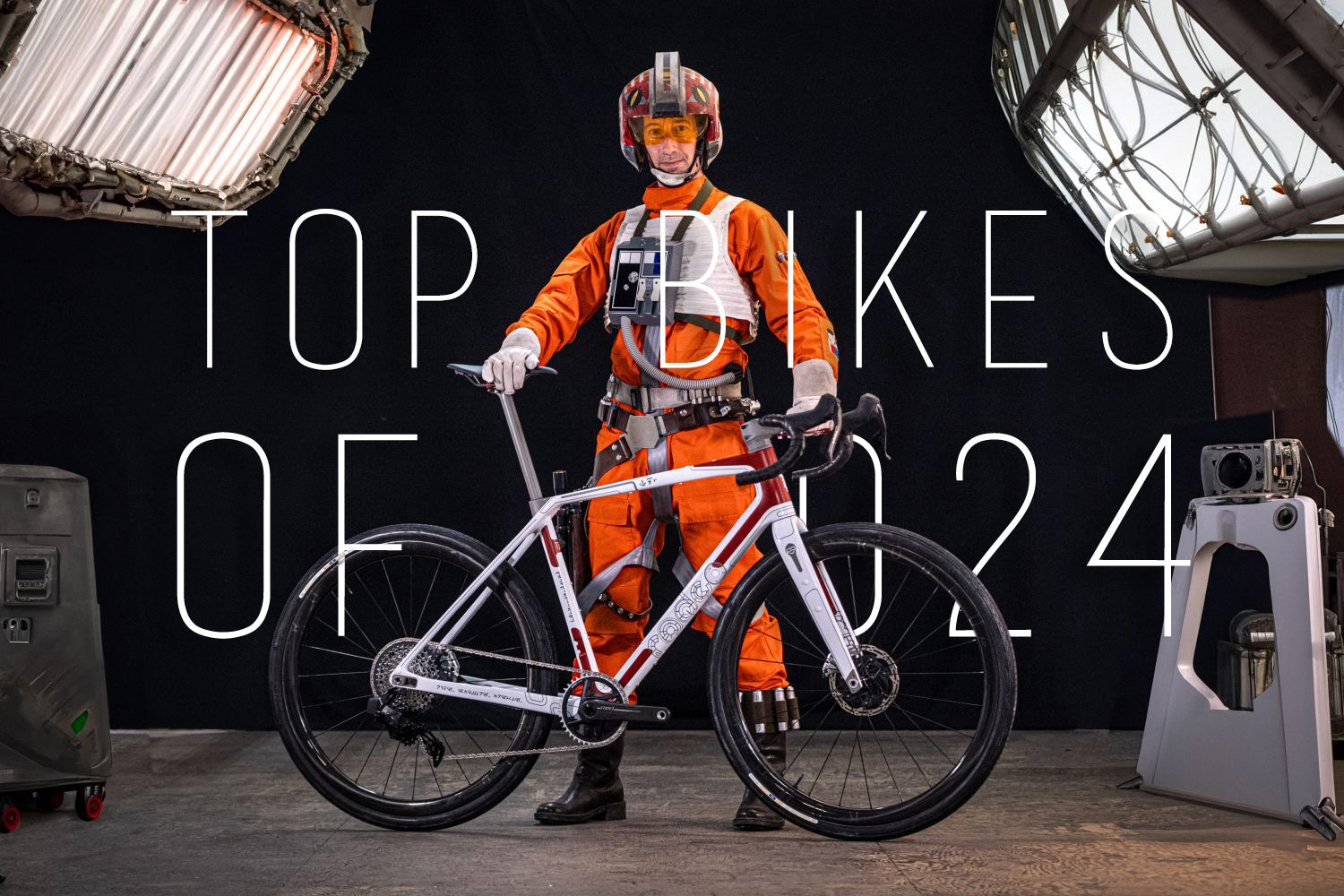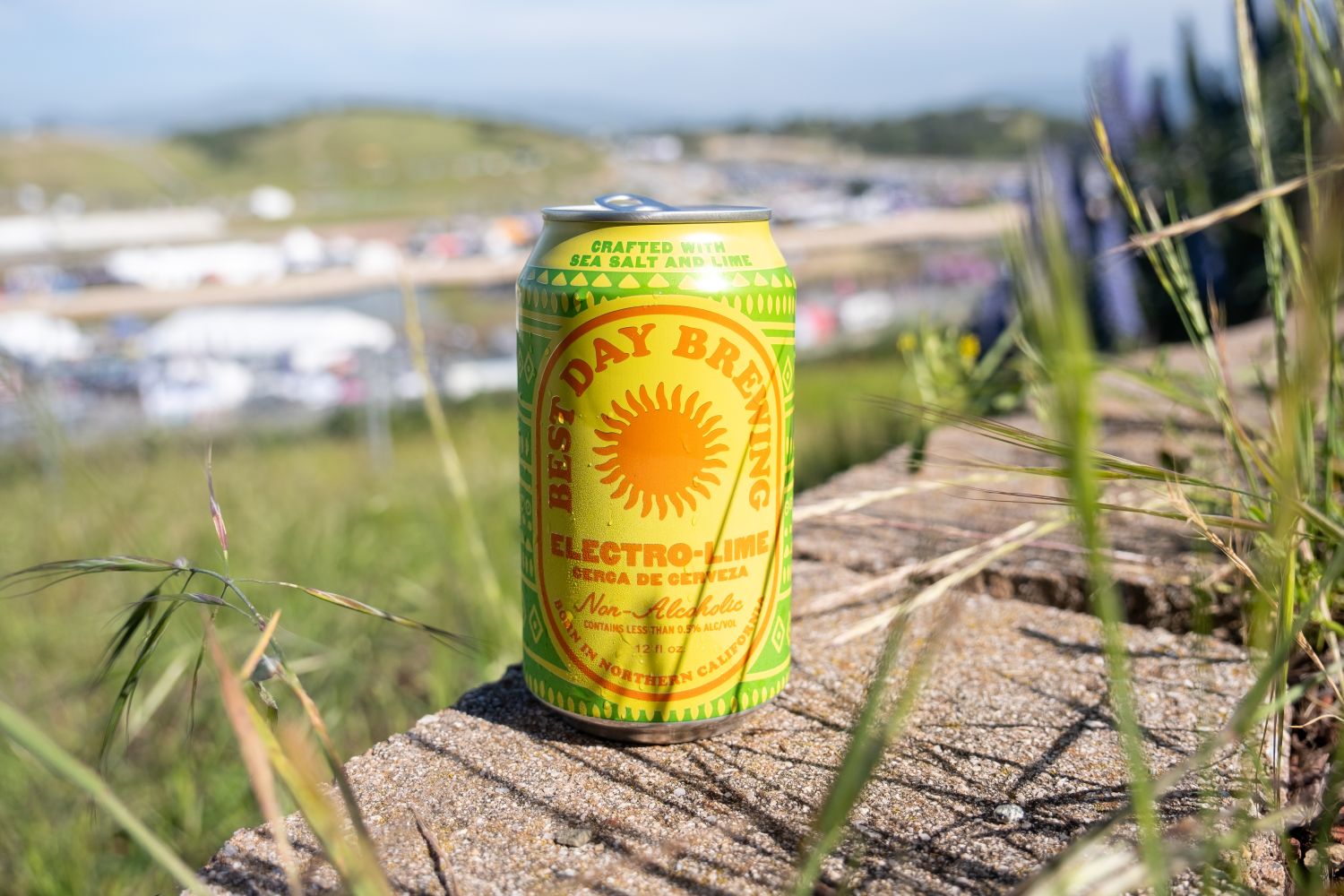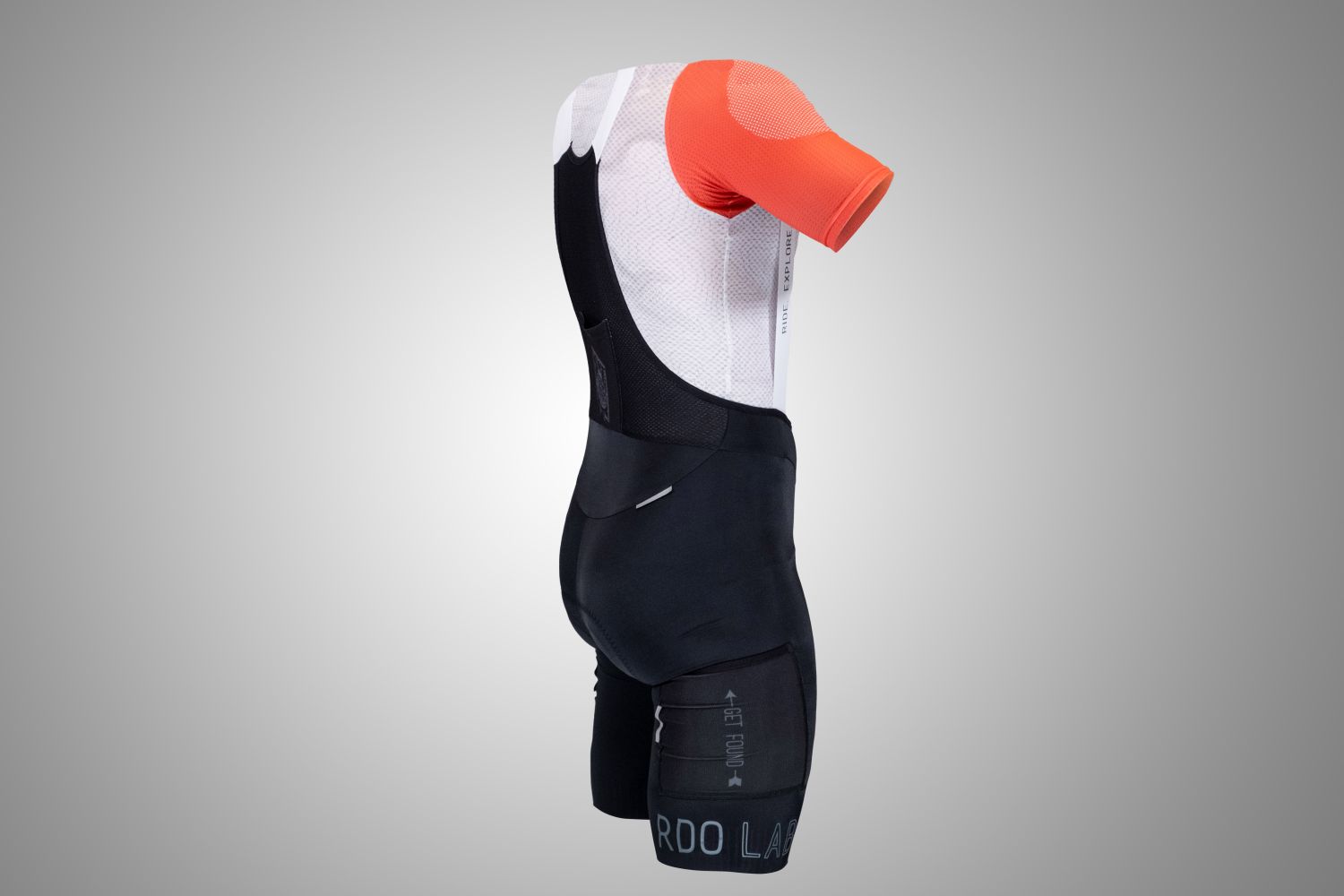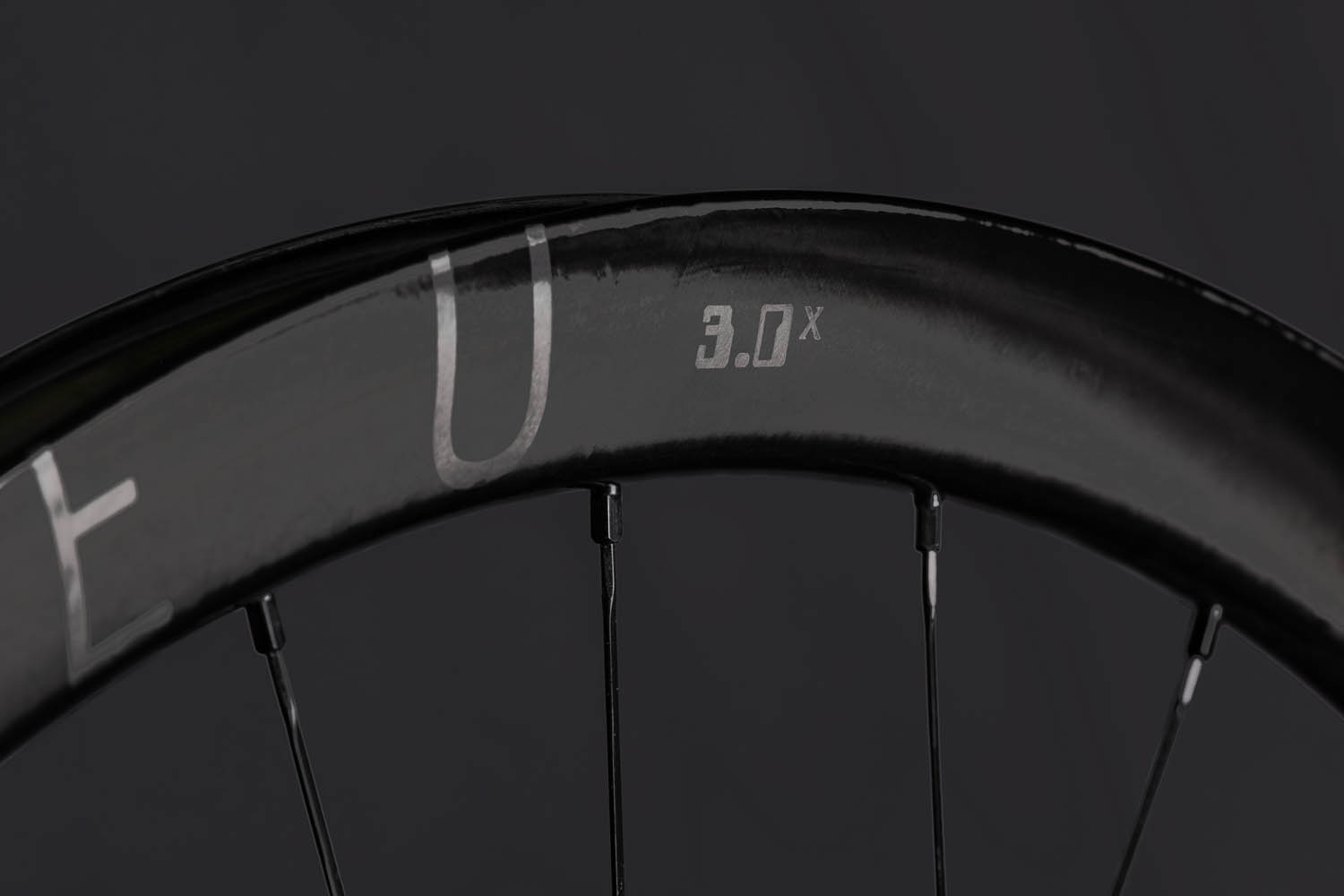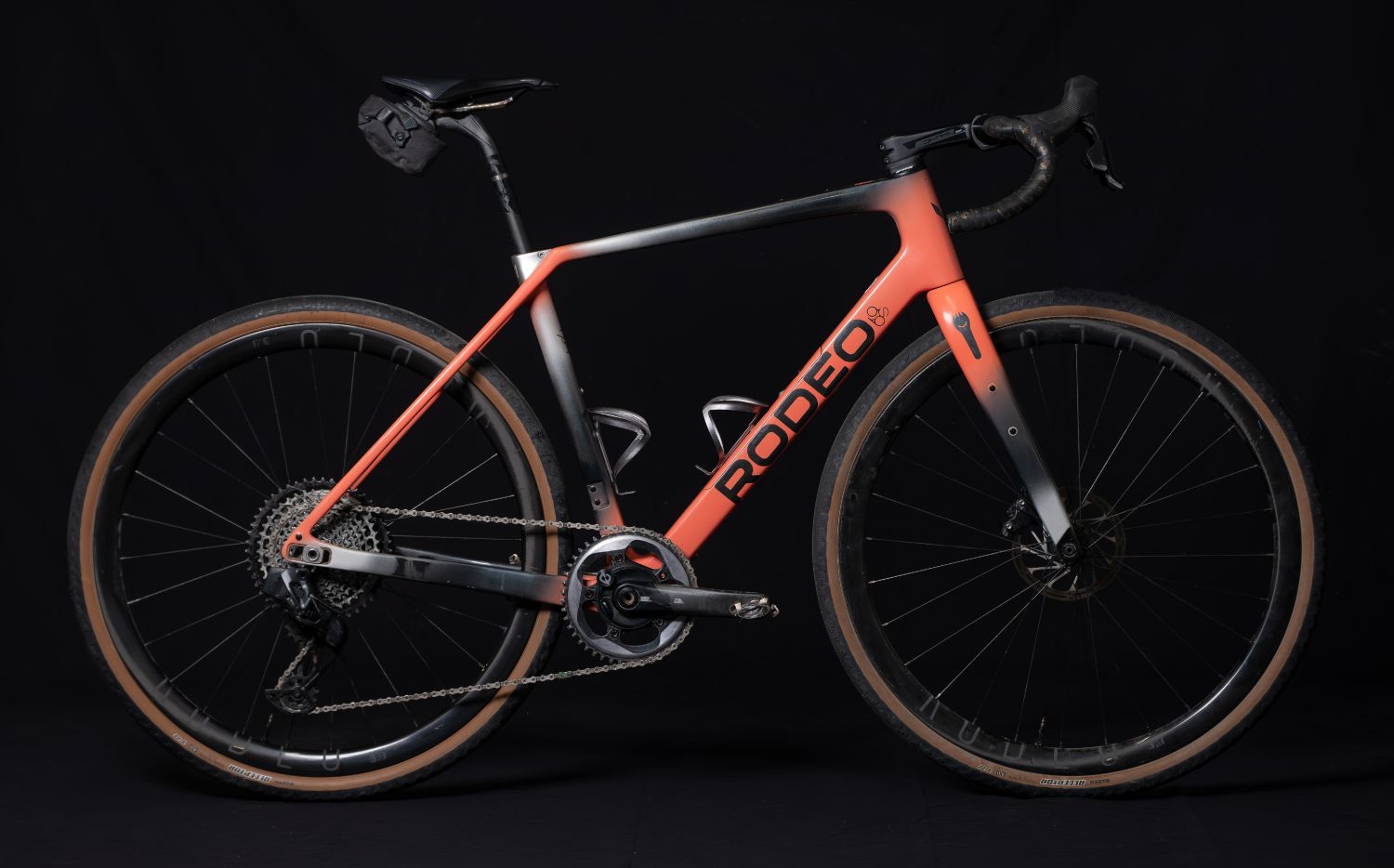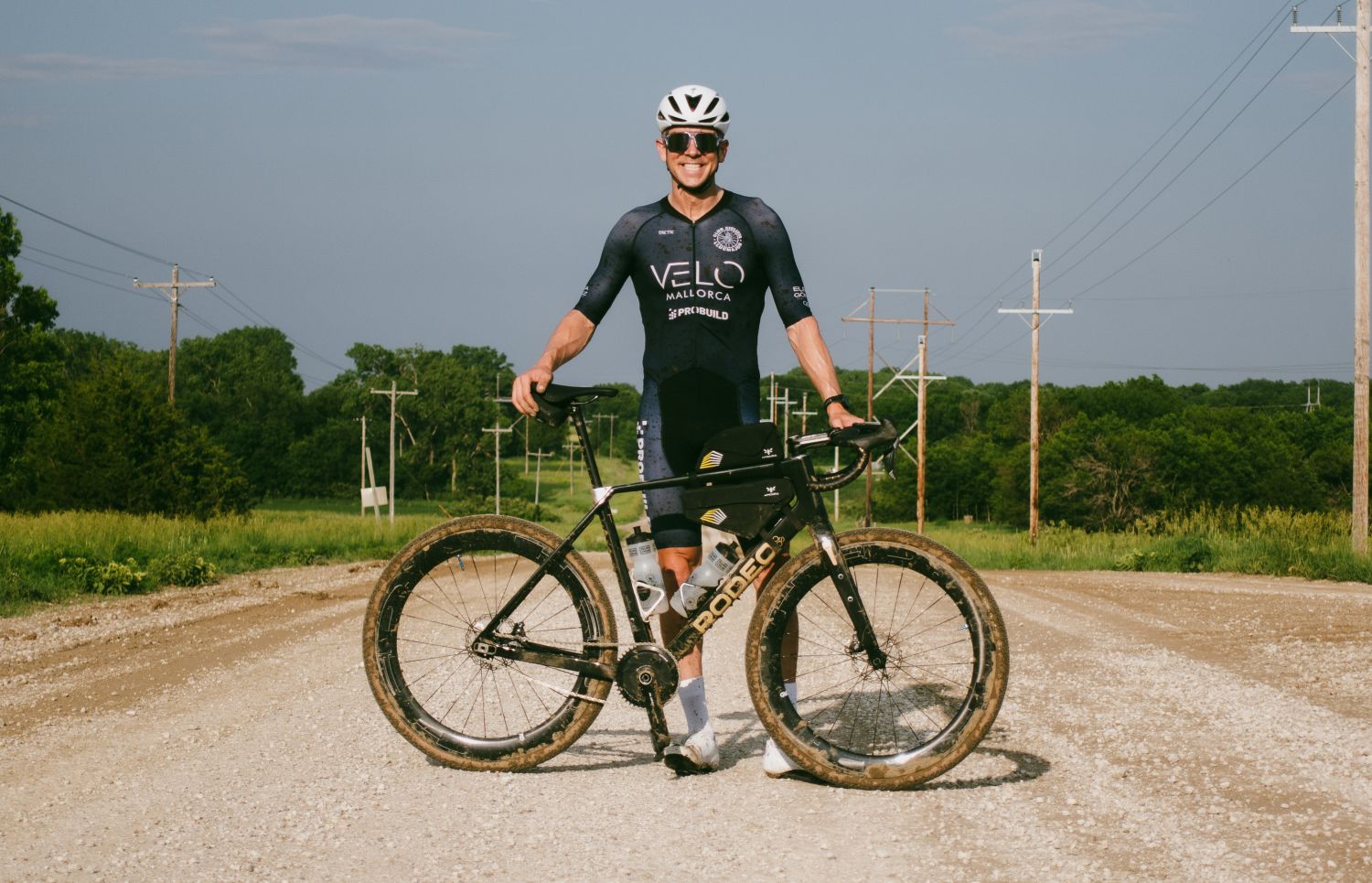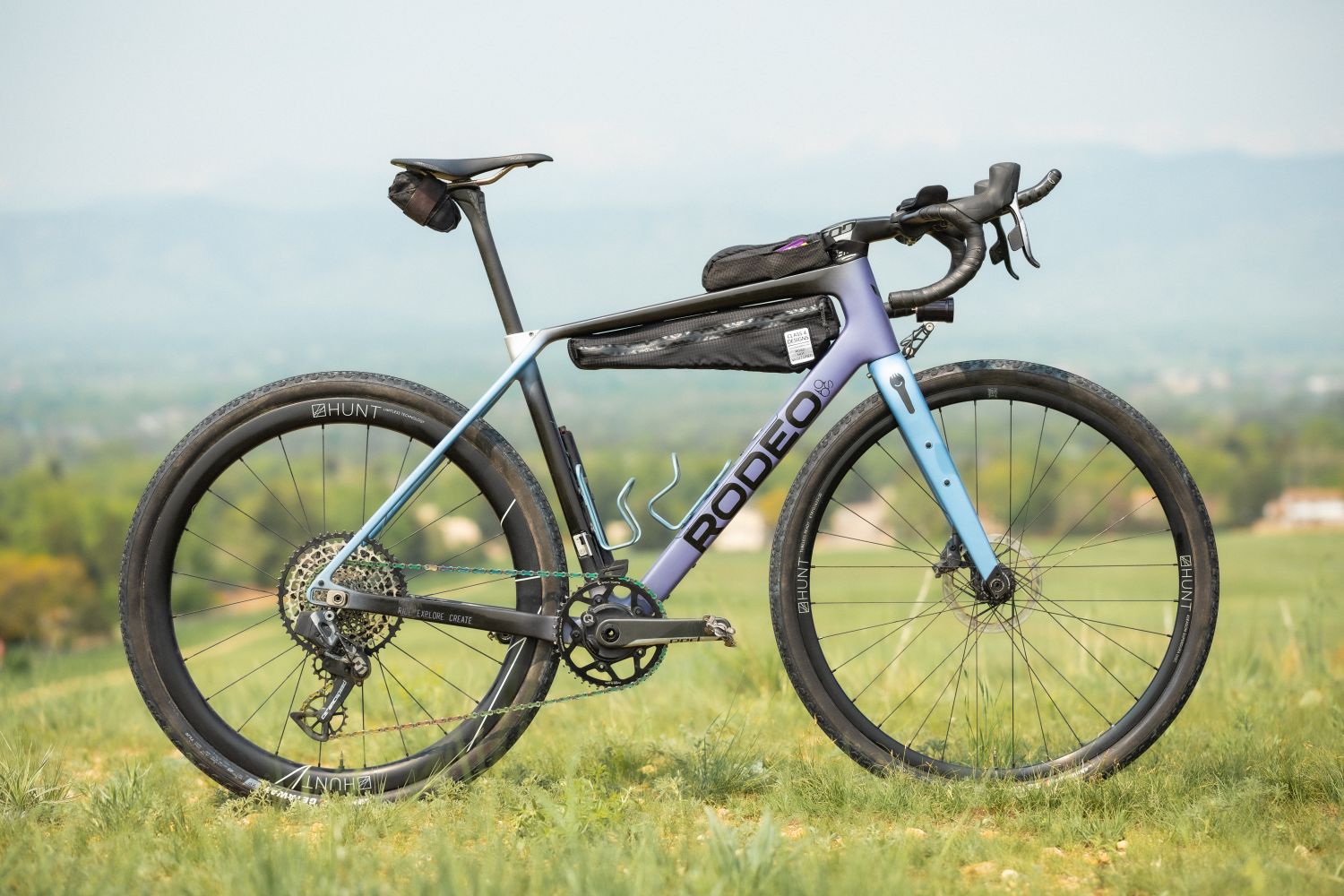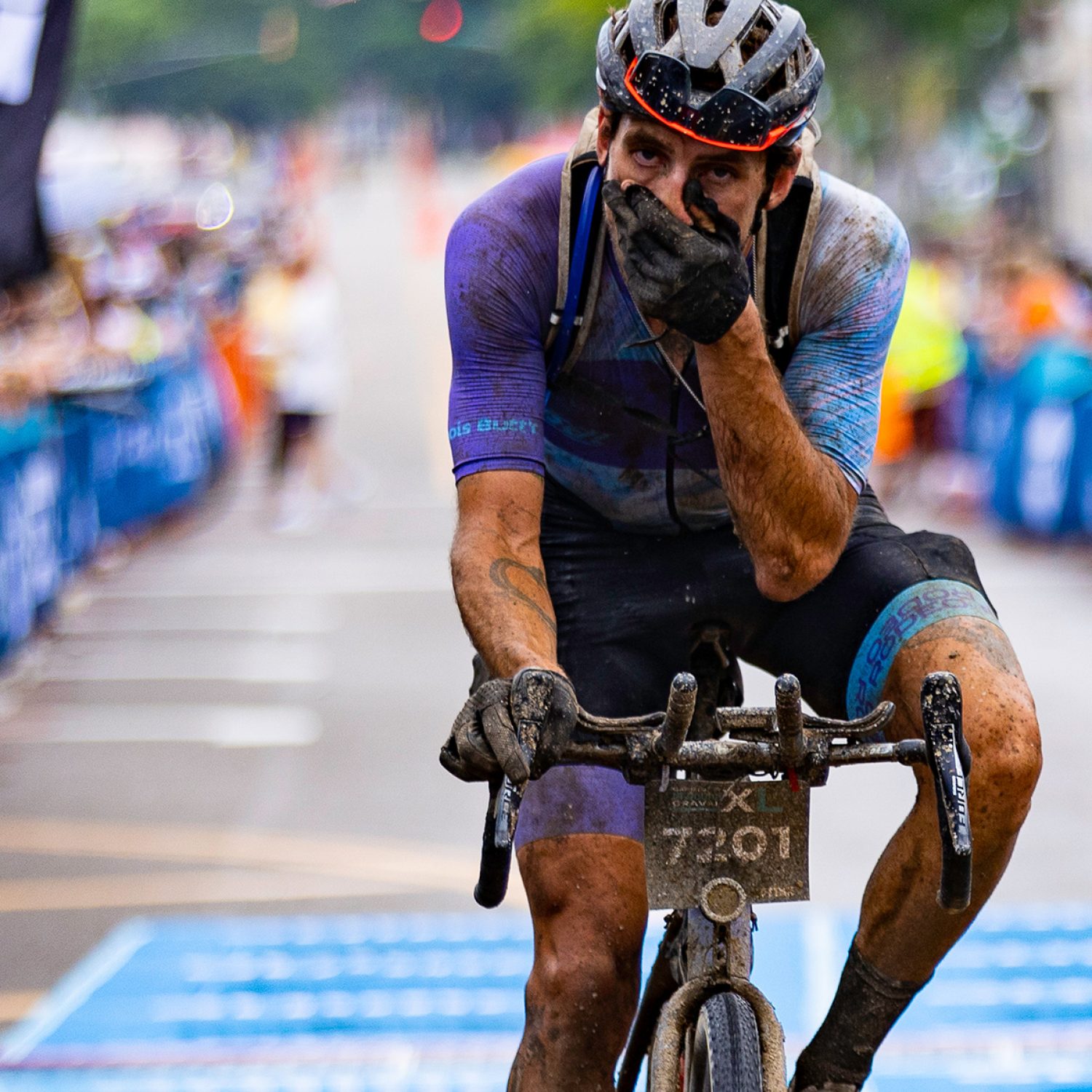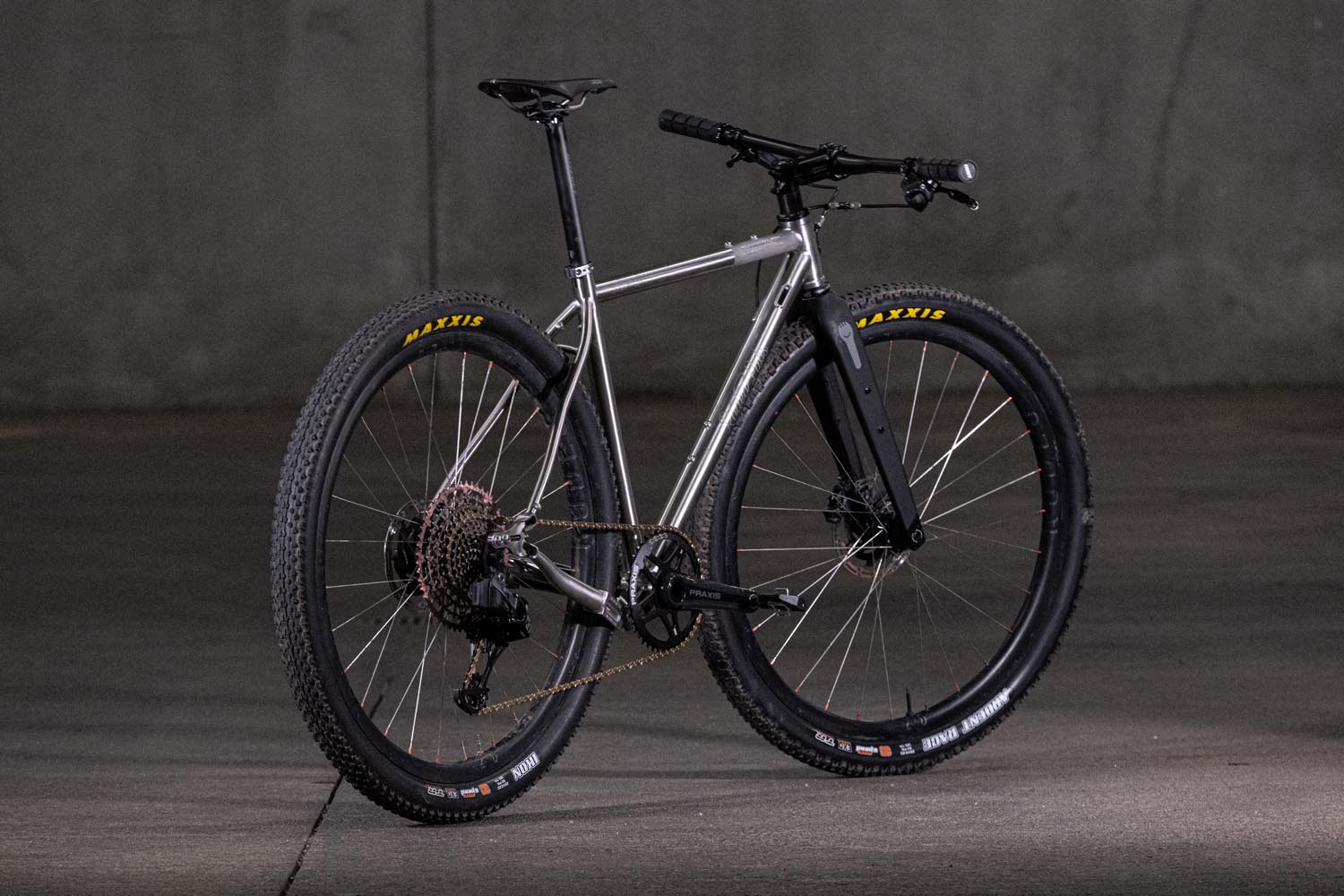Podcast: (De)Classified – A deep dive on the new TRP Vistar groupset
The Classified Powershift Hub, with its internal gearing that makes a 1x chainring work like a 2x, has always been a point of curiosity around the Lab. However, without a full groupset to give the shifting a proper home, there has always been hesitation. That is, until Logan got his hands on the brand new collaboration between the Belgian company and the brake specialists at TRP for a full review of the Vistar group at Cycling Weekly. From that testing, it was clear we needed to delve into it here. In this episode, Logan ceded the hosting chair to Stephen Fitzgerald, our Intern/CEO, and we brought Drew Van Kampen, our resident Always Trying New Things Guy, to pepper Logan with questions around the new groupset and explore a few tangents along the way.
Host: Stephen Fitzgerald
Guests: Drew Van Kampen and Logan Jones-Wilkins
Producer: Logan Jones-Wilkins
